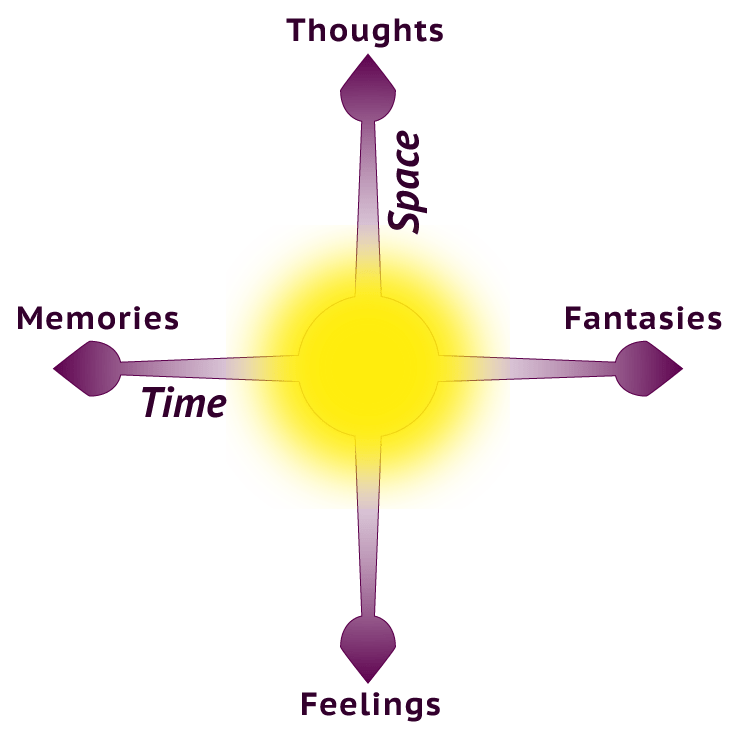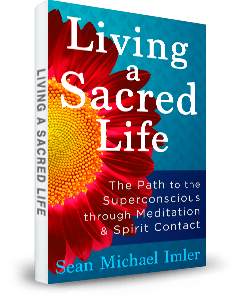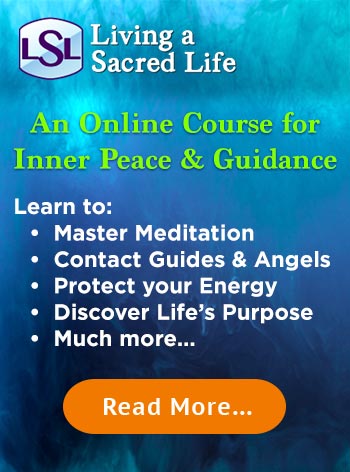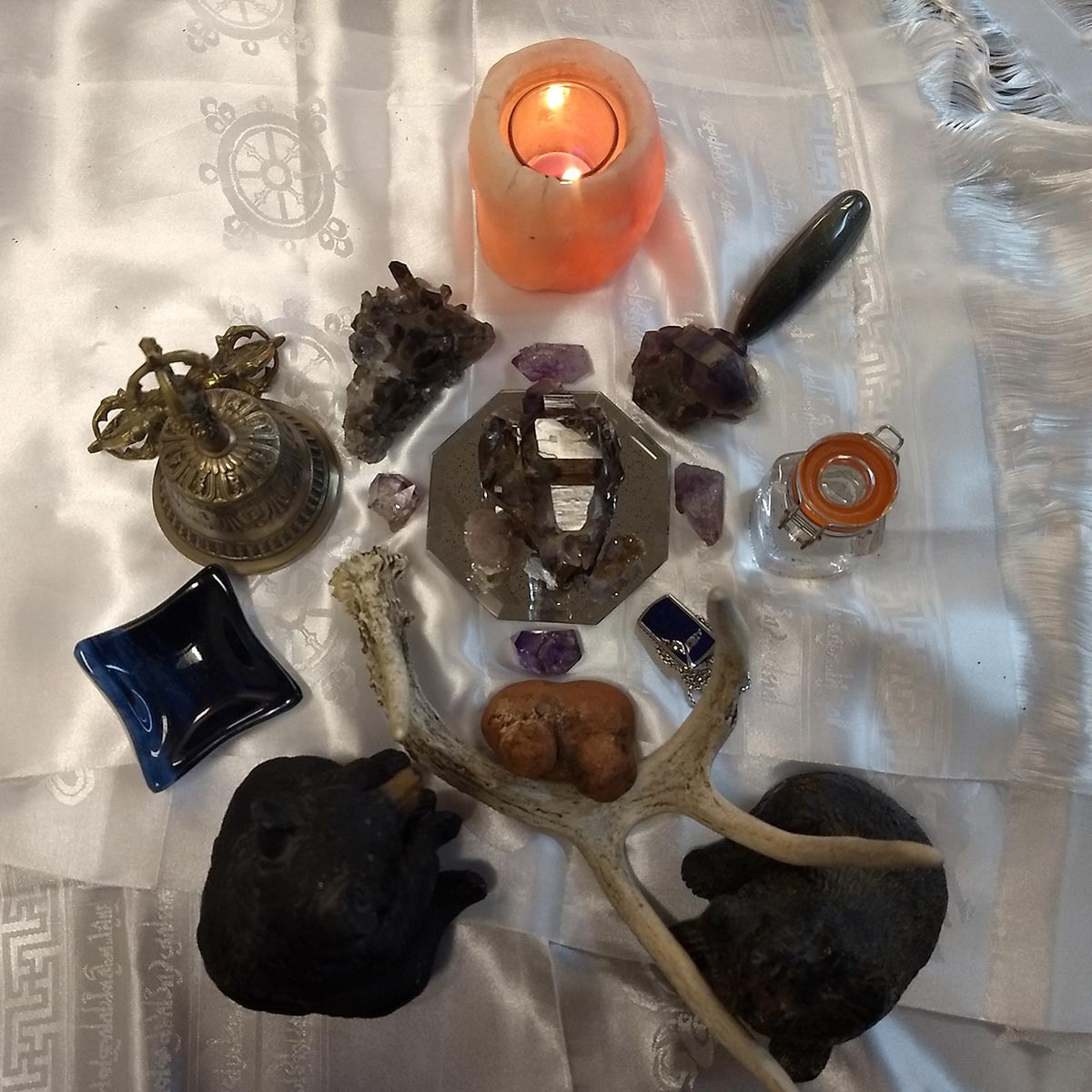There’s a common misconception that when you know how to meditate, you’ll stop thinking. That belief comes from not having had the right instruction. I would be a rich man if I could collect a commission on people telling me how bad they are at meditating so they’ve given up. Give me a few minutes of your time and I’ll show you how to make it easy. I’ll also show you the 9 Steps to the Perfect Meditation.
Contents
Why You Meditate Is Just As Important As How You Meditate
The benefits of meditation are talked about in both layman’s terms and scientific terms. Science has been studying the effects of meditation recently and this is great because it confirms what everyone else has known for thousands of years. Hats off! If you’re interested in that, check out Meditation Technology: Which Is Right For You. In the meantime, I’d like to share with you very specific reasons why meditation is as important as drinking water. Okay, maybe not that important, but pretty darn close.
- To have mechanisms by which to deal with difficult experiences in a way that doesn’t make them quite as debilitating or uncomfortable as they might normally be. This has to do with having more flexibility in reacting to situations emotionally and being driven by those emotions. When our personal history is filled with events that triggered emotions as a default, it can become difficult to access reason when we need to. The more we meditate, the better access we have to the reasoning portion of the brain and won’t get emotionally hijacked.
- To increase the capacity in dealing with stressful experiences so that you can actually handle them without going into a state of stress. If we can be more present in the moment and control our breathing; if we can call out and label things (which is discussed in the online course), then our experiences are not going to have so much control over our stress response and the chemical processes of the body.
- To understand your basic nature in a way that increases your presence of mind with everyday occurrences. What this means is knowing yourself. The more you know yourself, the better equipped you are to handle more complex situations and maintain composure and awareness. Being in “the zone” is an example of this. Whether you’re an athlete, a cook, a musician, or teacher, you know your craft so well that it becomes second nature. We can know our personalities and understand our actions and reactions to our environments and the people in them in the same way.
- To build tolerance for others and self in spite of present experience. When somebody says something to you that’s challenging in some way or something happens that will absorb a lot of unexpected time or effort, you can remain unaffected mentally and emotionally. Imagine having freedom from reacting in ways that consume your emotions and attention.
- To improve intuition and instinct. This is the part of us that knows at a deep level without requiring proof. This is the part of us that has a sense about what is right and what is truth. It goes beyond comprehension and dogma. When you are fully present in the moment, your awareness expands. Your intuition is tied to your sensorial input (i.e. sight, sound), thus it increases because it expands with your awareness.
- To increase the ability to focus. How do we train our mind to be more focused and not be so distracted by squirrels? Remember the animated cartoon, “Up?” Doug is completely consumed with squirrels and can be derailed from any action by them. It’s just like the process of labeling where you recognize that the squirrel has your attention and you gently bring it back into focus. This can be with reading something like this article where you read the last paragraph and then realize that you didn’t actually comprehend any of it because you were thinking about something else. This is an art and it requires practice. You can improve your ability to hold your focus for longer periods of time and you can practice anywhere.
How Meditation is Hard and What to Do About It
Let’s face it… Meditation ain’t easy or everyone would be doing it. Well, that’s probably not true, because the majority of kids on the planet were never shown the benefits of it when they were learning other important things like arithmetic and English. If you knew how difficult life was going to get while you were still 8 years old, you’d jump at the chance for a meditation class. But since most don’t know, what you got instead was 20 years of bad thinking habits that you have to try to unknot. (Parents out there, if you’re reading this, there may still be hope.)
The 4 Pernicious Evils
This knot you’ve tied is made up of four basic things. I call them the 4 pernicious evils because they’re relentless and they’ve been hijacking humanity for eons. They are:
- Thoughts
- Feelings
- Memories
- Fantasies
The Time and Space Axes
If you look at these things on two axes like an equal armed cross, memories and fantasies are on the horizontal axis of time. One direction is the past and the other is the future. If you find that you’re constantly in the thoughts of one or the other, you’re not alone. Just about everyone is looking at the world, all day long, swinging back and forth on this axis.

Memories
Generally speaking, you’re usually comparing your present situation to one you’ve been in before, dwelling on something you cannot change, or wishing over something that could’ve been different. If you can relate, you’re one step ahead of those that haven’t even realized this yet.
Fantasies
The other end of the time axis is the future which is the world of fantasies. The reason I call them fantasies is not derogatory. It’s simply that we spend so much of our time chasing rainbows and accomplishing goals and tasks that we forget a critical thing: The only moment that we have any control of is now. The next step you take is the one that requires the most attention. It’s the most important step of your life because it’s the one that you’re taking now. Planning for the future isn’t bad, and it’s not that having goals isn’t important. More often we just don’t know enough about what’s happening right under our noses.
Feelings
The vertical axis runs from the head to the body. The head is your thoughts and the body your feelings. Feelings are both emotions and physical sensations. When you sit down to meditate, it won’t take long to notice that the body is full of sensations that will capture your attention. Itches, tickles, cramps, pain, smells, temperature, they’ll all come up at some time or another.
The other feeling is emotions. They can range from whatever was going on before you were meditating to whatever you have to do when you get done meditating. They can also be emotions that occur when your thoughts (which always accompany emotions) start meandering. Memories can be a huge instigator of emotions. You may even battle with complete boredom which I would consider an emotion.
Thoughts
Lastly at the top of the vertical axis is thoughts. Thoughts pretty much encompass all the other points of the cross, except that the type of thoughts we’re looking at here are those random things that pass through the mind. Things like your favorite pen running out of ink when you were writing out your grocery list; or that story your friend told over dinner last week. They can be very random and even comical at the same time.
The 4 Pernicious Evils are explored further in the Living a Sacred Life course in the Labeling Meditation.

Controlling Your Thoughts When You Meditate
Here’s a little tip. There are a number of ways to deal with the 4 Pernicious Evils and I’m going to give you one right now. Use the equal armed cross as a focus tool. Imagine it sitting in front of your forehead about an inch or two. You can dress it up with color or material. Make it fun. Keep in mind the 4 Pernicious Evils and notice where your attention goes. When you catch your mind being kidnapped by one or more of the evils, highlight the point on the cross that represents that evil and it will disappear. Bring your attention back to the center of the cross and let your focus just sit there, peacefully. Keep breathing and relaxing and waiting like a sentry. When the evils come, you’re ready.
In John Yate’s book on meditation, “The Mind Illuminated”, he made a great suggestion about the reward system of the brain and meditation. Each time that you catch one of the evils dragging your attention away, give yourself a little atta boy, atta girl to reward yourself. Adding a smile to your face (the kind the Mona Lisa wears is fine) will trigger the emotional centers in the brain to release happy neurotransmitters. The repetition of this will reinforce the ability to quiet the 4 Pernicious Evils and help you become a meditation superstar, or a smooth, calm, cool-headed adept.
Which Meditation is Best For You?
There are a number of different meditations to choose from. I believe this is not a one-size-fits-all endeavor. I’m going to leave the subject for a complete discussion because it’s complex. In the meantime, I would like to leave you with a very simple yet very powerful meditation. It will help you embody mindfulness and teach you the most important thing you can learn on how to meditate. The most important skill in meditation is to master your mind. Follow this steps on a daily basis. Try to meditate at the same time each day. This will reinforce the new pattern for your mind and make it easier to overcome the tragedy of denial known as, “I’m too busy.”
If you meditate earlier in the day, make it an absolute minimum of 10 minutes of solid sitting. At the end of the day, make it a minimum of 20 minutes. This is because you’ve had a full day to fill the mind with stuff to chew on, so it’s going to take you longer to swallow everything, or spit it out, depending on how you look at it. And don’t forget to have fun!!
9 Steps to a Perfect Meditation
Vince Lombardi said, “Practice does not make perfect. Perfect practice makes perfect.” Set your intention to take your meditation seriously and follow these steps:
- Pick a comfortable chair to sit in.
- Straighten your back.
- Slow your breath.
- Scan your body for any tension and start to relax your muscles from head to toe.
- With eyes closed, bring your attention to your forehead and imagine an equal armed cross in front of your forehead. Dress it up with a texture, material, light, color, whatever feels right for you.
- Picture the words “memories” and “fantasies” respectively on each end of the horizontal axis. Picture the word “thoughts” at the top, and “feelings” at the bottom of the vertical axis.
- Focus in the center of the cross and wait for what grabs your attention. Once it does, place it in the appropriate quadrant and vanish it in the way that’s right for you. Have fun with it. You can zap it, explode it, fairy wand it, or send it little hearts. Play, play, play. And when you do, put a little smile on your face and congratulate yourself on a job well done.
- Do this meditation for a minimum of 10 minutes and for as long as you can make time for.
- Rinse and repeat at the same time each day for maximum skill development of how to meditate.
In Conclusion
I hope you’ve found some insight, some inspiration, and some food for thought here and are excited to get started. Or if you’re picking your meditation up again, I hope this guide has helped you with how to meditate. For some people, guided meditations are really powerful. You might consider my Awareness meditation which brings your meditation into everyday life. It will help you consider the motion of change in and around you so you can adapt much more easily to change. This makes the process of observation and meditation a very practical endeavor and will help you look at life through a different lens.
If you’re interested in personal coaching, please use my calendar to create a consultation. We can discuss your situation and what you’d like to get out of a session.












